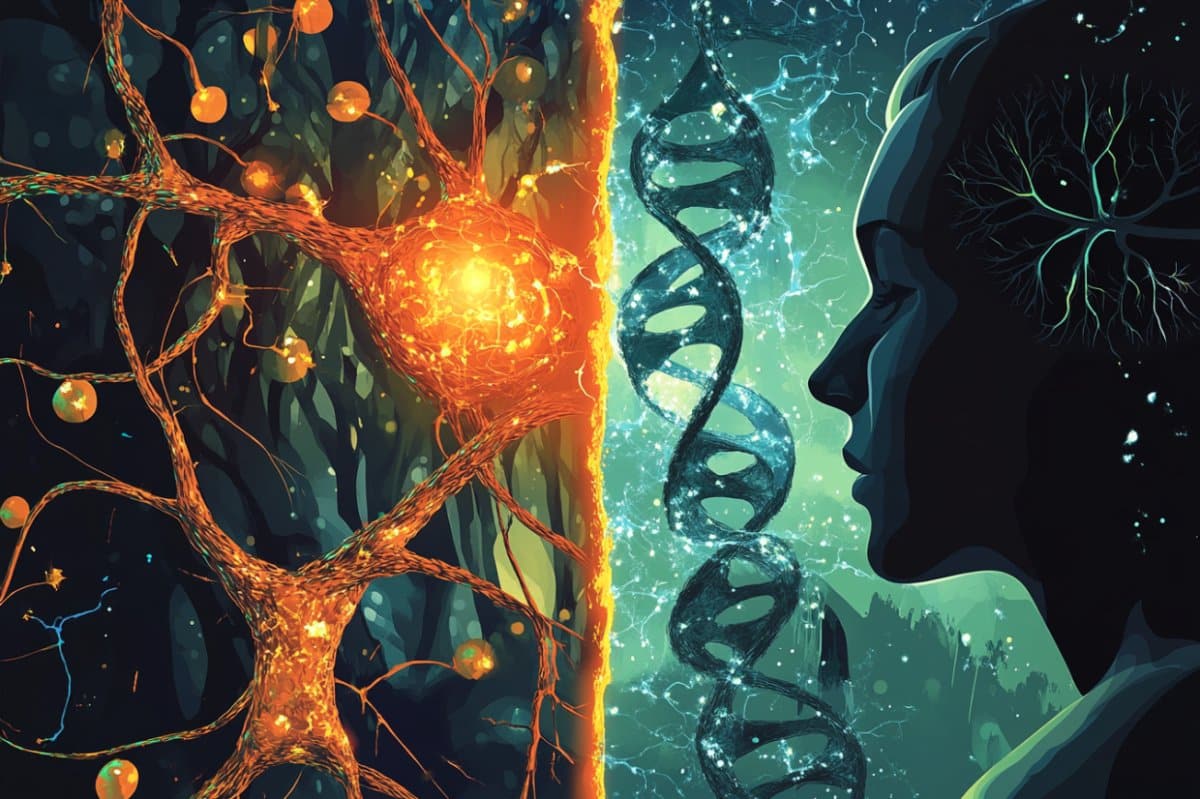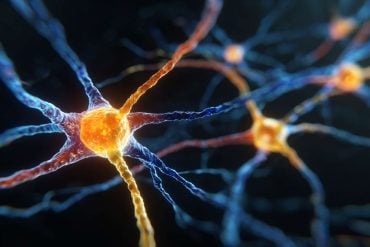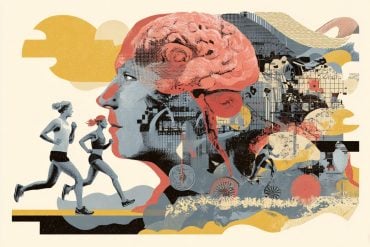Summary: Researchers have discovered that a nine–amino acid microexon spliced into the DAAM1 gene is critical for memory formation, functioning exclusively in neurons. Deleting this microexon in mice resulted in fewer synaptic spines—essential structures for learning and memory—and caused a 40% decline in memory performance.
When researchers chemically adjusted a signaling imbalance triggered by its absence, the mice partially regained memory and neural activity. The microexon is so vital that it’s been preserved for hundreds of millions of years, from sharks to humans, suggesting its fundamental role in brain function.
Key Facts:
- Neuron-Specific Microexon: A nine-amino acid fragment added only in brain cells affects memory.
- Memory Impact: Removing it led to fewer synapses and impaired recall in mice.
- Evolutionary Significance: The same microexon appears in both sharks and humans, unchanged over 400 million years.
Source: Center for Genomic Regulation
Cells have a trick called splicing. They can cut a gene’s message into pieces and decide which fragments to keep. By mixing and matching these fragments, a single gene can produce many different proteins, giving tissues and organs more options to thrive and evolve. Out of all tissues, splicing is most prevalent in the brain.
Researchers at the Centre for Genomic Regulation (CRG) have discovered that one such fragment, a “microexon” just nine amino acids long, is inserted into the DAAM1 protein exclusively in neurons and nowhere else in the body.

The inclusion of the microexon is critical for healthy neuronal development, with effects rippling all the way up to memory function.
The findings are published in Nature Communications (6 May 2025).
DAAM1 makes a protein that helps cells maintain their shape and enables their movement.
When the team deleted the nine-letter microexon in mice, the animals were healthy at birth, but their adult brain cells had half of the usual “learning spines”, protrusions known to be important for learning and retrieval of memories.
Fewer spines mean fewer new synaptic connections, dulling the circuitry that underlies learning and recall. Experiments with the mice confirmed that deleting the microexon caused animals to remember roughly 40 percent less in some standard memory tasks.
“The neurons look almost normal under the microscope, yet their ability to communicate and therefore process the information was strongly impacted. Neurons can’t build bridges as effectively, and the messengers can’t do their job ” says Dr. Patryk Poliński, who carried out the work at the Centre for Genomic Regulation and is now a postdoctoral researcher at EMBL Barcelona.
To understand the problem in detail, the team chemically altered an overactive signalling pathway caused by the exclusion of the nine amino acids in mouse neurons. Neuronal firing and memory performance were all partially recovered.
“Our work proves the brain’s ability to retrieve memories can recover when the right molecular switch is flipped,” says Dr. Mara Dierssen, co-corresponding author of the study and researcher at the Centre for Genomic Regulation.
However, the authors of the study warn that rescuing cognitive function is only proof of principle, not a therapy, though similar inhibitors to the ones used are already approved in humans.
“It shows great potential, but it’s far too early to talk about people,” cautions Dr. Poliński.
Further evidence of the importance of the microexon comes from looking at how evolutionary conserved it is. The study found that sharks, which split from the ancestors of humans hundreds of millions of years ago, carry the same sequence.
“When the very same nine amino acids turn up in both sharks and humans, you’re looking at a molecular part so useful that evolution has refused to tinker with it for nearly half a billion years.
“That level of conservation tells us this microexon is a critical cog that helps neurons wire memories,” says ICREA Research Professor Manuel Irimia, co-corresponding author of the study who carried out the work at the CRG and is presently a researcher with dual affiliation between the CRG and the Universitat Pompeu Fabra.
Previous studies by Dr. Irimia have shown that a large, neuron-specific set of microexons are systematically skipped in the brains of people with autism spectrum disorder. The human brain contains more than 300 microexons, and only a handful have been studied in detail.
The authors suspect that hidden splicing errors involving microexons could underlie a wide range of learning disabilities, autism-spectrum conditions, and other neurodevelopmental conditions.
The team is now scanning human databases for rare variants that could have deleted the DAAM1 microexon and may coincide with learning disorders. In parallel, other experiments are underway to uncover which of the many remaining microexons could fine-tune cognition in a similar fashion.
About this genetics and memory research news
Author: Omar Jamshed
Source: Center for Genomic Regulation
Contact: Omar Jamshed – Center for Genomic Regulation
Image: The image is credited to Neuroscience News
Original Research: Open access.
“A highly conserved neuronal microexon in DAAM1 controls actin dynamics, RHOA/ROCK signaling, and memory formation” by Patryk Poliński et al. Nature Communications
Abstract
A highly conserved neuronal microexon in DAAM1 controls actin dynamics, RHOA/ROCK signaling, and memory formation
Actin cytoskeleton dynamics is essential for proper nervous system development and function.
A conserved set of neuronal-specific microexons influences multiple aspects of neurobiology; however, their roles in regulating the actin cytoskeleton are unknown.
Here, we study a microexon in DAAM1, a formin-homology-2 (FH2) domain protein involved in actin reorganization.
Microexon inclusion extends the linker region of the DAAM1 FH2 domain, altering actin polymerization.
Genomic deletion of the microexon leads to neuritogenesis defects and increased calcium influx in differentiated neurons.
Mice with this deletion exhibit postsynaptic defects, fewer immature dendritic spines, impaired long-term potentiation, and deficits in memory formation.
These phenotypes are associated with increased RHOA/ROCK signaling, which regulates actin-cytoskeleton dynamics, and are partially rescued by treatment with a ROCK inhibitor.
This study highlights the role of a conserved neuronal microexon in regulating actin dynamics and cognitive functioning.






